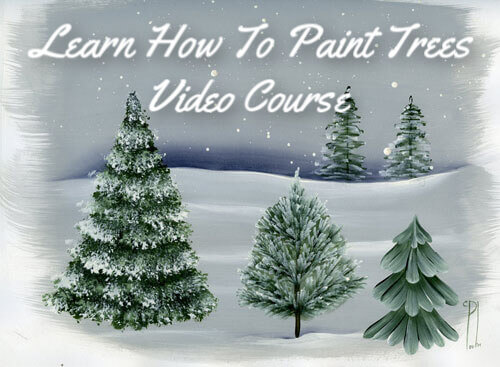Help and advice for a complete novice
by Christina Mackay
(Inverurie, Scotland, United Kingdom)
Hi,
Sorry this is going to be a long message.
**looking for advice for a novice in decorative painting on wood**
Recently I have purchased some unfinished? wood craft (shapes, plaques etc)behind I want to learn to paint. Looking at YouTube I couldn't find anything remotely that I was interested in - nothing was detailed enough for me regarding how the wood was painted - until I came across a lady who did decorative painting. Having researched more into 5this area I found this is exactly what I was looking for and wanted to do. I love detail, and seeing how you could shade something making that item stand out and look more real is what I want to try.
When I first heard the word 'tole' painting for some reason I thought it was painting tole poles! Only afterwards did I realise it was decorative painting!
When it comes to decorative painting, wood craft painting I'm a complete novice. I've tried to search for tutorials online but couldn't find anything to help me.
I understand what decorative painting is but what I'm unsure of is how to prep the wood before the fun part - decorative painting starts, drying time between coats, plus some of the glossary that is used (maybe it's because most of videos are American and I'm from UK so terminology is different?
sourcing information on web, I've been preparing and painting my wood as in these steps:
Sanding wood so it is smooth
Applying 1x coats of Gesso (white Acrylic paint)
Wait until touch dry (30 mins?)
Sand wood so smooth
Apply 2nd coat of Gesso (white Acrylc paint) to cover first cost and make it less transparent
Leave to dry for 24 hrs
Sand wood so smooth
Apply acrylic paint (Americana Deco Art)
Sand between coats
Wait until touch try (30 mins?) before next coat applied.
In total 2-4 coats applied to get required opacity
Varnish - seal finished wood piece
I'm not sure if I've been doing this right. I like to prime and seal my wood beforehand so I've tended to do this with Gesso in white using a brush. The White is to make it easier to paint colours on top of?
I think my coats have been too heavy as I'm not getting desired effect. It just looks heavy and not light. Also for name plaques or quote sides (especially the really thin ones) I find paint has dripped onto these creating a bubbly effect
What is meant by build up in thin layers? Does this mean cover piece with paint for first layer but don't worry about it being transparent (sections shown thru) as this would be covered with next coat?
Also what is base coating? I've heard of a primer being mixed with acrylic paint: two parts of primer/sealer : 1 part coloured acrylic paint, and then for second coat only acrylic paint is used.
I tried this once but as I used white primer, my base coat was a lot lighter because of white being muxed in with colour, and then the second coat of just paint still was lighter. Is this because I hadn't given my piece a longer enough drying time, or did I need to add coats of paint?
When painting a piece, is it best to paint sides before front and then back, and if paint was accidentally on a part of wood it shouldn't be, how do you fix this? Is it just by sanding?
I've tried foam brushes but I find paint soaks too much up in these so have gone back to using a bristle brush but slightly damp to create a 'slippy' less dry affect to avoid brush strokes being left in paint - something advised by decorative painter on YouTube.
This is as far as I've go on my pieces as scared to try the decorative painting side of things. So far I have no finished projects as they're only in priming stage!
After I've prepped and primed my piece what happens with paint next? Do I put another coat of paint on and build up opacity before shading (decorative side starts), or do I just go straight into it? Also when applying coats, do you wait for paint just to be touch dry before next coat applied or should it be bone dry?
When it comes to decorative painting, is side loading brush same as floating paint? These are only terms I have come across recently so not sure.
To finish piece off. Once finished is it best to varnish piece so paint doesn't rub off in near future?
Sorry for long post and all the questions. I'm really interested in decorative painting and would like to start it as a hobby when my little toddler boy is in bed or at nursery. I'm just afraid to jump into deep end wasting unfinished wood and having to purchase more as first one is write-off. I know practise makes perfect but I just wanted some guidelines and advice to get me started. I'm just looking for any advice, sites, tutorials, artist etc you can recommend to help as get started.
I love your website so much I'm considering joining. Are the pattern packs digital as I'm UK based? Also I've tried looking for some magazines/books for decorative painting to get us started but can't find any in UK only online but from American sites.
Thanks for your help, guidance in advance
Christina











